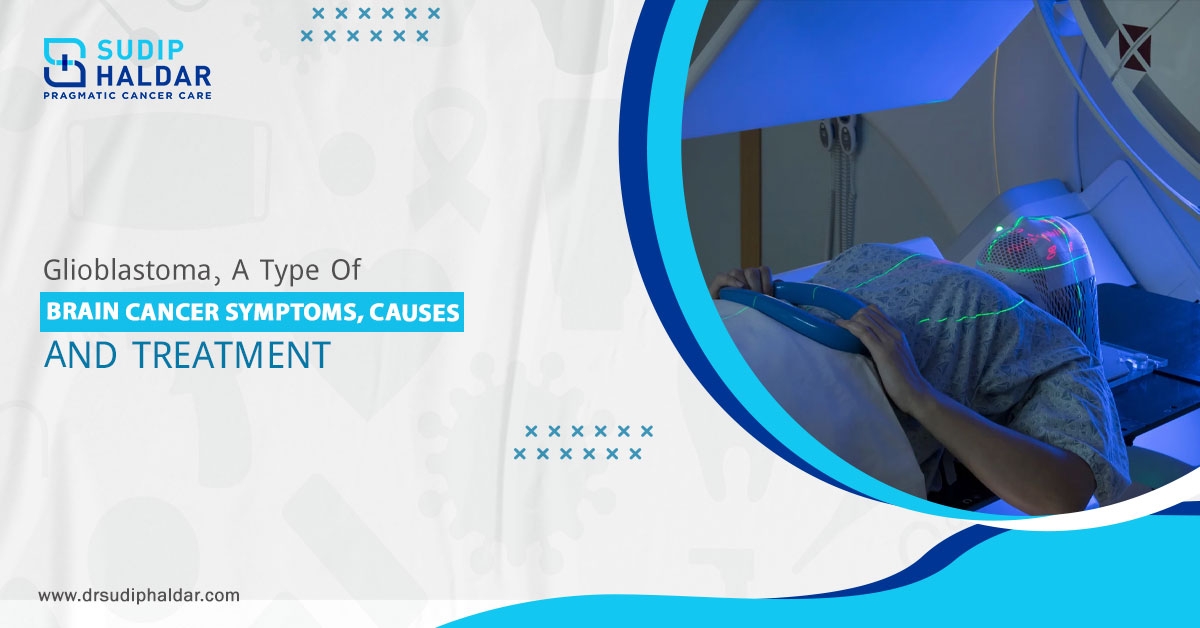On a global scale, breast cancer is one of the leading causes of cancer death. Thankfully, this cancer type is highly treatable. When breast cancer is more common in women and people assigned female at birth, men can develop it as well. As per data, the risk of breast cancer increases with age, especially after the age of 50.
Further medical data show that there’s a chance of people assigned male at birth developing breast cancer. About 0.32% of cases of breast cancer would be assumed to be discovered in cisgender men. Reach out to the top cancer surgeon near you for a high-end diagnostic approach and treatment.
Apt and early diagnosis is vital to effective treatment and cancer cure. Well-evaluated diagnosis helps your doctor get detailed information about the size of the cancerous tumor, its location, and its type.
Breast Cancer – Signs & Symptoms
A wide array of symptoms is associated with breast cancer, and not every woman with breast cancer experiences the same types of symptoms. Clinical diagnosis under medical supervision is essential for the detection of the presence of malignant growth (cancerous tumors).
Here’re the widely common signs and symptoms of breast cancer:
- A thickening or mass felt in/near the underarm
- A lump felt in the breast
- Dimpling, redness, scaling, and flaking of the breast skin, surrounding the nipple; newly inverted nipple
- Changes in how your breasts look; changes in the breast size and shape
- Unusual fluid discharge from the nipple may/may not include blood stains
Noticing a lump in your breast doesn’t ensure it’s a cancerous tumor. Most breast lumps/masses are non-cancerous/benign cysts. See your healthcare provider upon noticing a lump for early diagnosis. Consult the most trusted cancer surgeon near you.
There’re many types of breast cancer and the most common ones include:
- Invasive ductal carcinoma begins in the milk duct and over time travels up to nearby breast tissues.
- Ductal carcinoma in situ affects and stats in the milk ducts but stay in situ doesn’t spread.
- Invasive lobular breast cancer, a slow-growing cancer, is the second most common type of breast cancer that begins in the milk-producing glands/lobules.
Less common breast cancer types include:
- Inflammatory breast cancer
- Triple-negative breast cancer
- Paget’s disease of the breast
- Male breast cancer
Breast Cancer – Causes & Risk Factors
Changes in breast cells/mutations lead to cancerous development in the breasts. However, the definitive reasons are not clear. A number of factors can increase the likelihood of breast cancer development, such as lifestyle, environment, and family history.
Given below are some of the contributing factors for breast cancer:
- Family history of breast cancer, especially in first-degree relatives
- Inherited gene mutations/changes like BRCA1, BRCA2
- Obesity
- Smoking
- Excessive alcohol consumption
- Lack of physical activity
- Prolonged exposure to estrogen due to late menopause, early menstruation, hormone replacement therapy, etc.
- Personal history of breast cancer or personal history of breast conditions like lobular carcinoma in situ
- Radiation exposure to the chest in childhood or young age
- First pregnancy after the age of 30
- Postmenopausal hormone therapy
One of the most common breast cancer complications is cancer spreading to the other parts of the body, medically termed metastatic breast cancer. Breast cancer without proper management and treatment can spread to the body parts like lungs, bones, brain, and liver. For effective breast cancer management, ensure routine checkups by your oncologist.
Breast Cancer – Prevention
The exact way to prevent breast cancer is still unknown. There are many ways to effectively reduce the risk of it, such as:
- Practice moderate exercise most days a week
- Eat fresh fruits, vegetables, nuts, seeds, and legumes
- Avoid alcohol consumption
- Refrain from tobacco smoking
- Avoid exposure to second-hand smoke as much as possible
- Avoid highly refined, processed food items
- Talk to your doctor for breast cancer screening
- Limit/avoid if possible – postmenopausal hormone therapy
- Maintain your body weight with moderate exercise, and healthy, fibre-rich food choices
- Ensure stress management and good sleep
Diagnosis of breast cancer involves a number of procedures like breast X-ray (mammography), breast ultrasounds, breast exam, MRI of the breast, biopsy for breast tissue sample tests, blood tests, CT scan, PET scan, and bone scan. You may not require all these tests. Your oncologist will provide you with extensive guidance on tests and procedures. Visit your cancer specialist and start your journey of optimal healing.





